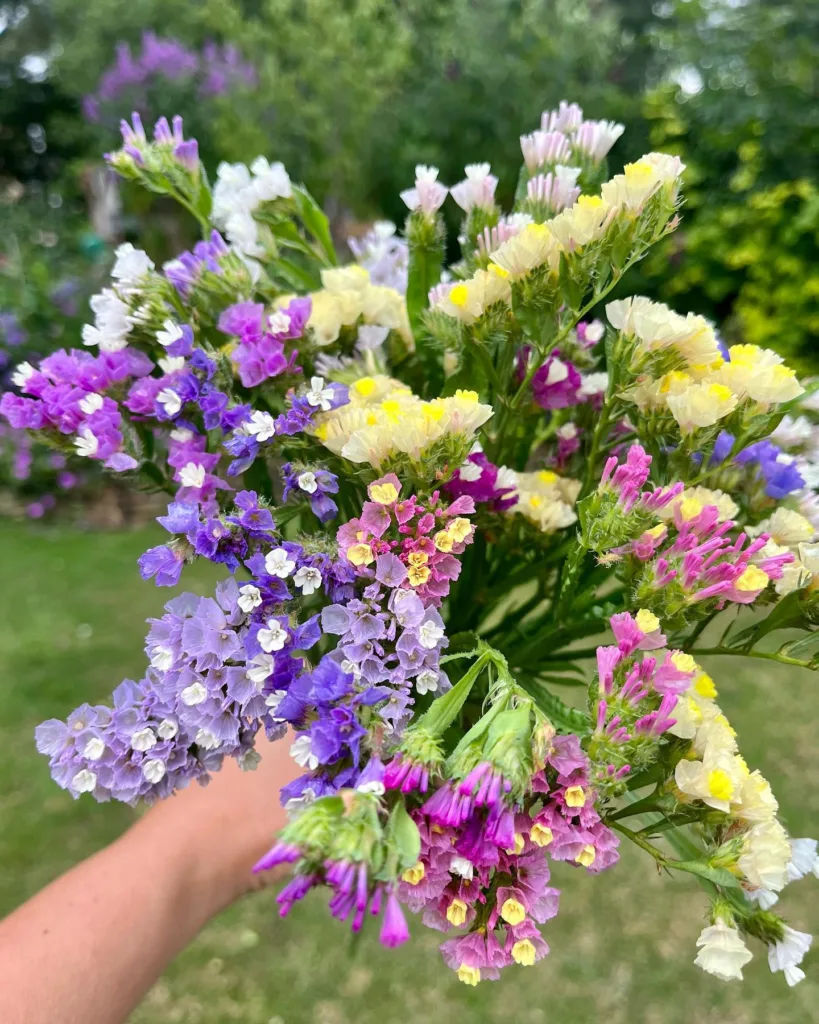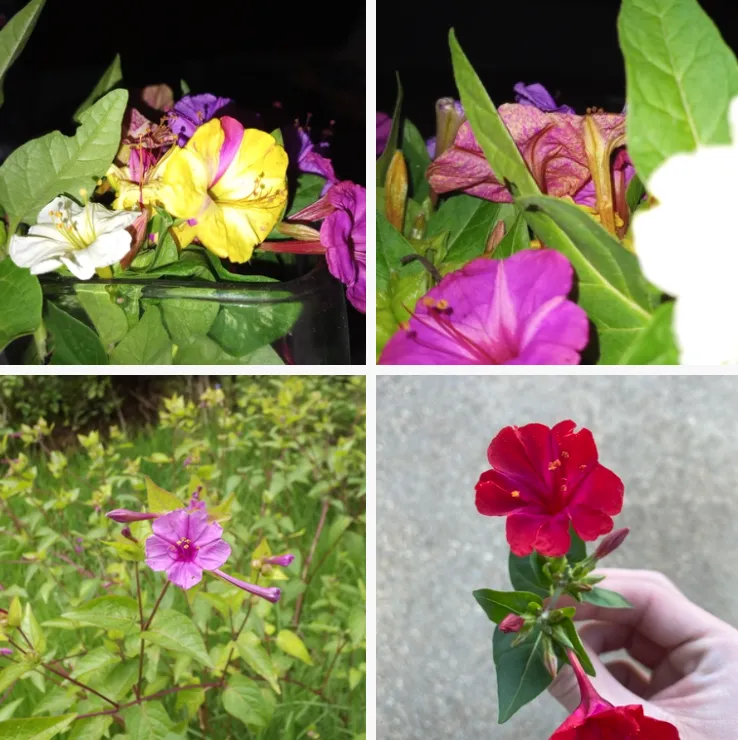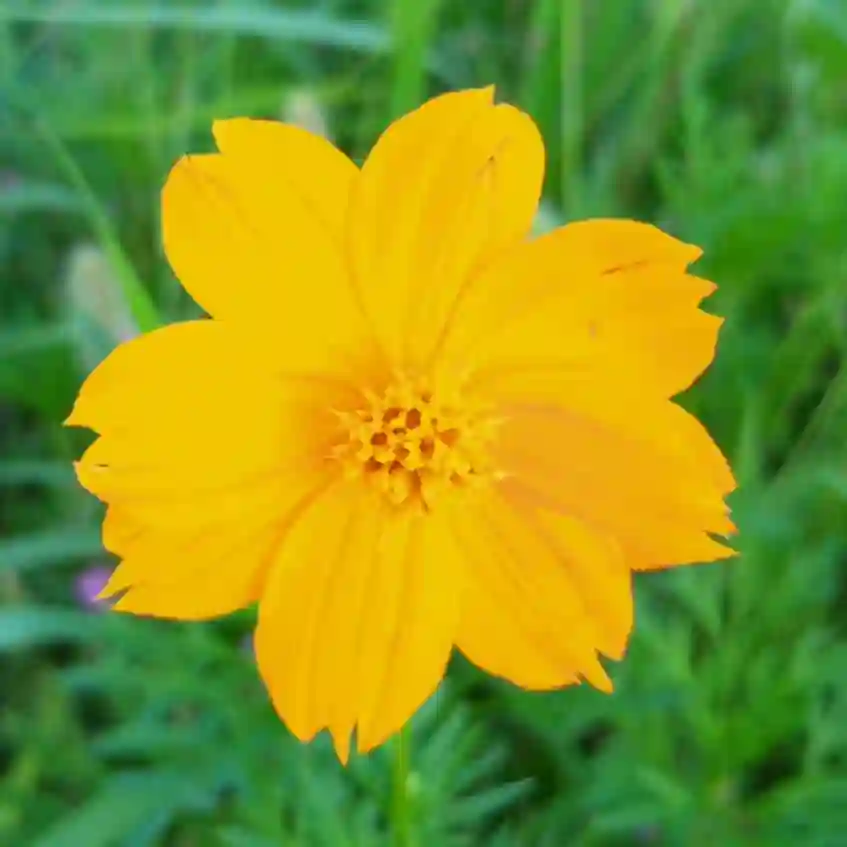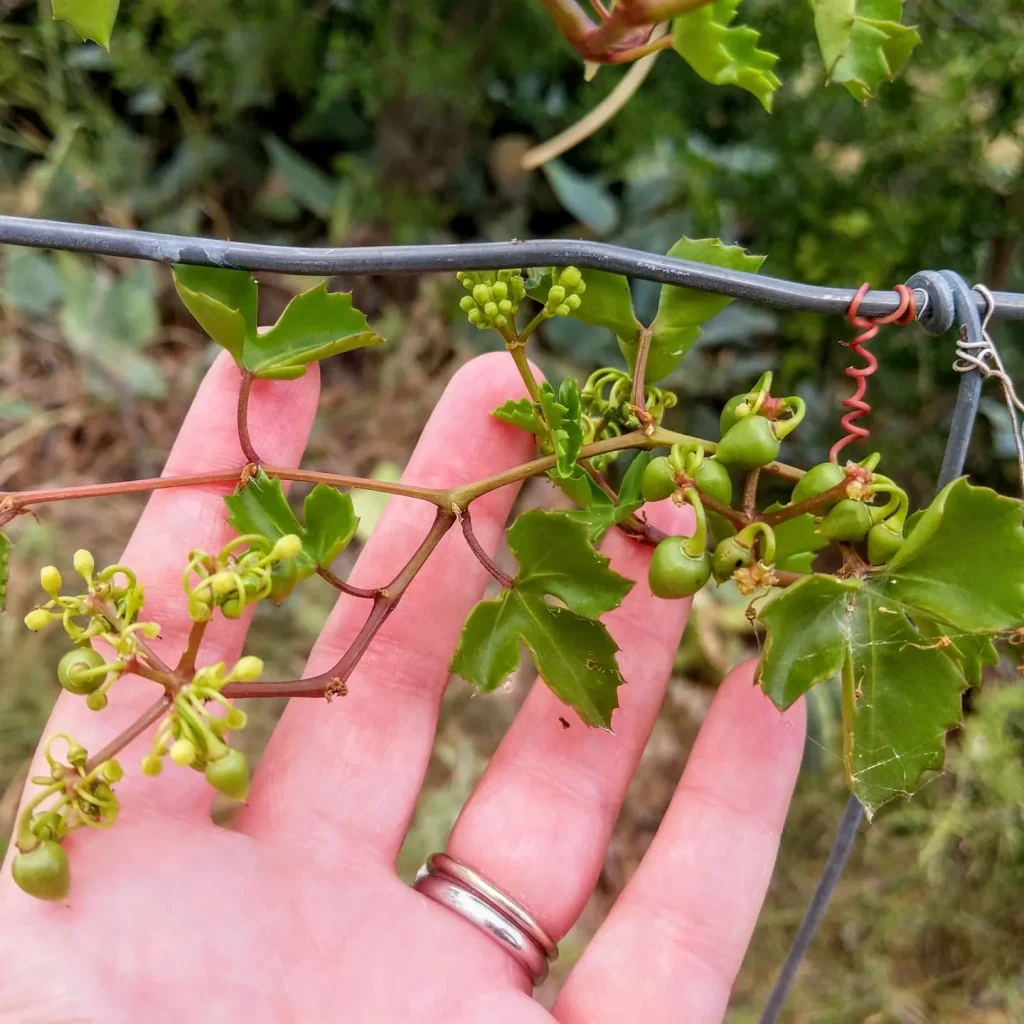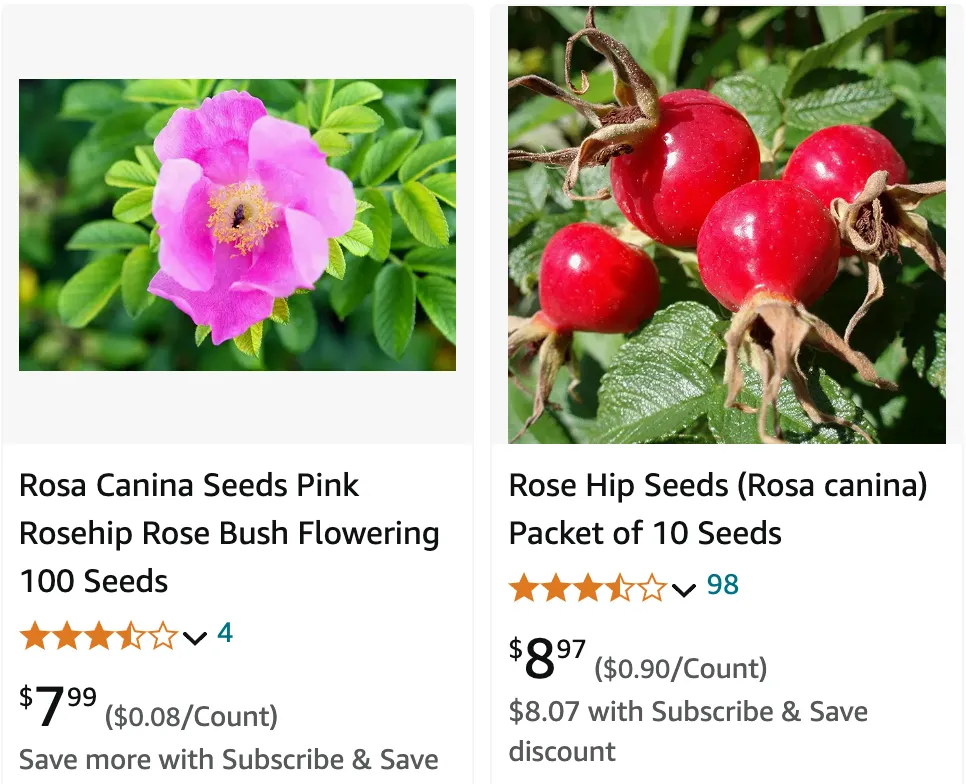
What is Rosa Canina?
Rosa Canina, commonly known as the dog rose, is a climbing wild rose species native to Europe, northwest Africa, and western Asia. It belongs to the Rosaceae family and is known for its beautiful pink or white flowers and bright red fruit, known as rose hips. This hardy plant can thrive in a variety of soil types and climates, making it a popular choice for gardeners and landscapers.
391 Species in Genus Rosa
What is Rosa Canina Fruit Oil?
Rosa Canina fruit oil, often referred to as rosehip oil, is extracted from the seeds of the rose hips. This oil is rich in essential fatty acids, vitamins A and C, and antioxidants. It’s widely used in skincare products for its moisturizing, anti-inflammatory, and regenerative properties. Rosehip oil is known to improve skin texture, reduce scars, and diminish signs of aging.
What is Rosa Canina Used For?
Rosa Canina has a wide range of uses. Its hips are packed with vitamin C and are often used in herbal teas, jams, jellies, syrups, and supplements to boost the immune system. The plant itself is utilized in hedgerows and natural landscaping for its attractive flowers and fruit. Medicinally, it has been used to treat colds, flu, and inflammation. Rosehip oil derived from its seeds is a popular ingredient in cosmetic and skincare products.
Can Rosa Canina Be Grown From Seeds?
Yes, Rosa Canina can be grown from seeds. The process requires patience and the right conditions, but it is entirely possible. The seeds need to be stratified, meaning they should be exposed to cold temperatures for a period before planting to break dormancy and encourage germination.
Do Rosa Canina Buds Smell Good?
Rosa Canina buds have a delicate and pleasant fragrance, although it is not as strong as some other rose varieties. The subtle scent adds a natural charm to gardens and floral arrangements.
How Fast Do Rosa Canina Grow From Seed?
Rosa Canina seeds typically take a few weeks to several months to germinate, depending on the conditions. After germination, the plants grow steadily but can take a couple of years to become well-established and start producing flowers and fruit.
How Long Does Rosa Canina Take to Produce Fruit?
Rosa Canina generally takes about two to three years to produce fruit after planting. The plant needs to mature and go through its flowering cycle before it can develop rose hips.
How Much Essential Oil Can We Get From Rosa Canina?
The yield of essential oil from Rosa Canina is relatively low compared to other plants. It takes a large quantity of rose hips to produce a small amount of oil. This makes rosehip oil a precious commodity in the skincare and cosmetic industries.
How to Make Rosa Canina Tea?
Making Rosa Canina tea is simple. Harvest ripe rose hips, remove the seeds, and dry the fruit. Once dried, steep a handful of hips in boiling water for about 10-15 minutes. Strain and enjoy the tea, which is rich in vitamin C and other beneficial nutrients. Adding a bit of honey can enhance the flavor.
Is Rosa Canina Deciduous?
Yes, Rosa Canina is a deciduous plant. This means it sheds its leaves annually in the fall. The leaves turn yellow or red before falling, adding to the seasonal beauty of gardens.
Is Rosa Canina Fruit Extract a Skin Irritant?
Rosa Canina fruit extract is generally well-tolerated by most skin types and is not considered a skin irritant. However, as with any product, it’s advisable to perform a patch test before using it extensively, especially for individuals with sensitive skin.
Is Rosa Canina the Same as Rosaceae?
No, Rosa Canina is not the same as Rosaceae. Rosa Canina is a species within the Rosaceae family. The Rosaceae family encompasses a large group of flowering plants, including many other species of roses, as well as fruits like apples, strawberries, and almonds.
What is Rosa Canina Good For?
Rosa Canina is highly valued for its medicinal and cosmetic benefits. Its hips are rich in antioxidants and vitamins, particularly vitamin C, making them excellent for boosting the immune system and promoting skin health. Rosehip oil is used to treat skin conditions, reduce scars, and improve overall skin texture. The plant is also appreciated for its ornamental value in gardens.
When to Plant Rosa Canina?
The best time to plant Rosa Canina is in the fall or early spring. Planting during these times allows the roots to establish before the growing season. Ensure the soil is well-draining, and choose a sunny location to maximize growth and fruit production.
Rosa Canina vs Rosa Eglanteria
Rosa Canina and Rosa Eglanteria, also known as sweet briar, are both wild rose species. While they share similarities in appearance, Rosa Eglanteria is distinguished by its fragrant leaves and bright red hips. Rosa Canina tends to have larger, less fragrant flowers and hips.
Rosa Canina vs Rosa Moschata
Rosa Canina and Rosa Moschata, or musk rose, differ in several ways. Rosa Moschata is known for its musky fragrance and clusters of small white flowers. Rosa Canina has larger flowers that are pink or white and lacks the strong musk scent.
Rosa Canina vs Rosa Mosqueta
Rosa Mosqueta, a common name in South America for rosehip, generally refers to Rosa Rubiginosa. Rosa Canina and Rosa Rubiginosa are similar but have subtle differences in their hips and flower structures. Rosa Rubiginosa is often used interchangeably with Rosa Canina in the context of rosehip oil.
Rosa Canina vs Rosa Rubiginosa
Rosa Rubiginosa, also known as sweet briar, has fragrant foliage and smaller, more intensely colored hips compared to Rosa Canina. Both are used for their medicinal properties and in skincare, but Rosa Rubiginosa is often preferred for its higher oil content.
Rosa Canina vs Rosa Rugosa
Rosa Rugosa, also known as beach rose, is more robust and salt-tolerant than Rosa Canina. It produces larger, more fragrant flowers and hips. Rosa Rugosa is often used in coastal areas for landscaping due to its hardiness and resistance to harsh conditions.
Rosa Canina vs.Rosehip
Rosa Canina is a species of rose that produces rose hips. “Rosehip” refers to the fruit of various wild rose species, including Rosa Canina. Therefore, Rosa Canina hips are a type of rosehip, but not all rosehips come from Rosa Canina.
How to Care for Rosa Canina?
Caring for Rosa Canina involves regular watering, especially during dry spells, and annual pruning to maintain shape and encourage new growth. Mulching helps retain moisture and control weeds. Fertilizing in early spring can boost growth and flowering.
How to Propagate Rosa Canina?
Rosa Canina can be propagated by seeds, cuttings, or layering. Seed propagation requires cold stratification. Cuttings should be taken in late summer or early autumn, while layering involves bending a low branch to the ground and covering it with soil until roots develop.
What to Plant with Rosa Canina?
Companion plants for Rosa Canina include other wildflowers and shrubs that thrive in similar conditions, such as lavender, rosemary, and catmint. These plants not only enhance the garden’s beauty but also attract beneficial insects and pollinators.
Conclusion
Rosa Canina, with its medicinal, cosmetic, and ornamental value, is a versatile plant that can enhance any garden. Understanding its growth habits, uses, and care requirements ensures that you can enjoy the many benefits it offers. Whether you’re cultivating it for its beautiful flowers, vitamin-rich hips, or soothing oil, Rosa Canina is a worthwhile addition to your botanical repertoire.
If i die, water my plants!
